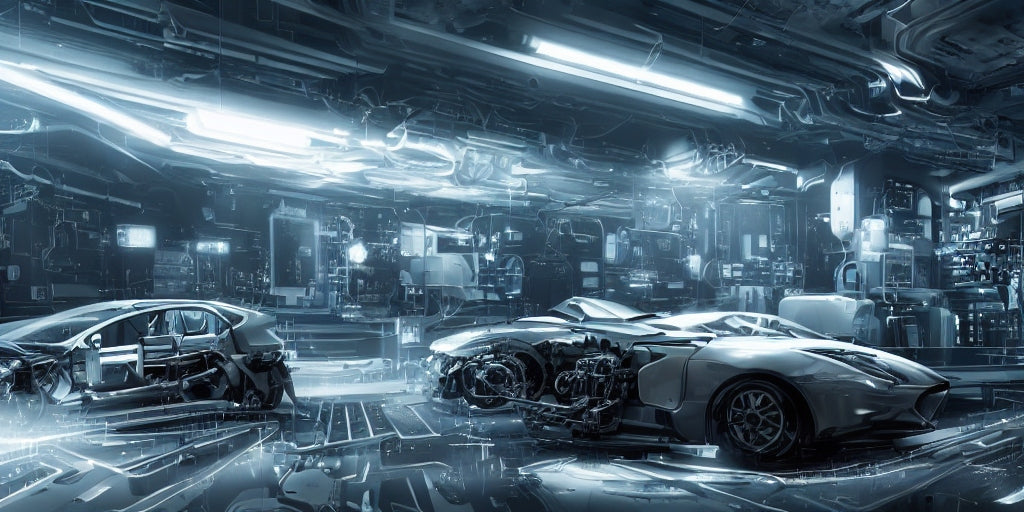630.360.2548


Introducing "Science Friction": Delving into the Dynamics of Automotive Brake Systems
If it weren't for advances in braking, we might have been riding the horse into town a century longer than we did.
Welcome to "Science Friction," where we embark on an journey through the history and technology of brake systems. In this series of blog posts, we'll dig into the science behind one of the most crucial components of any vehicle: its brakes
Brakes are more than just a means to halt motion; they are a pinnacle of engineering ingenuity, designed to ensure safety, reliability, and performance on the road. At the heart of every braking system lies the concept of friction – the force that transforms kinetic energy into heat, ultimately bringing your car to a controlled stop. But the science of friction in automotive braking systems is far from simple; it's a realm where physics, materials science, and engineering principles intersect to create a symphony of motion control.
Even if we could make fast vehicles - without a safe and reliable way to stop them, progress would have been much slower on the automobile.
Throughout this series, we'll unravel the mysteries behind brake pads, rotors, calipers, and the various technologies employed to enhance braking efficiency and performance. From traditional friction materials like semi-metallic and ceramic, to cutting-edge advancements such as carbon-ceramic composites, we'll explore the properties that make each material unique and the trade-offs involved in their selection.
But "Science Friction" isn't just about theoretical concepts – it's about understanding how these principles translate into real-world performance. We'll discuss the impact of temperature, pressure, and wear on braking systems, and how engineers strive to optimize these factors to achieve the perfect balance between stopping power, durability, and comfort.
We'll examine the role of electronic aids such as ABS (Anti-lock Braking System), ESC (Electronic Stability Control), and regenerative braking in modern vehicles, and how they integrate with traditional friction-based systems to enhance safety and efficiency.
Whether you're a seasoned automotive enthusiast, a curious DIY mechanic, or simply someone interested in the science behind everyday technologies, "Science Friction" promises to deliver engaging and insightful content that will broaden your understanding of automotive brake systems.
So buckle up and join us as we embark on this fascinating exploration of the frictional forces that keep us safe on the road. From the laboratory to the highway, "Science Friction" is your ultimate guide to mastering the dynamics of automotive braking. Stay tuned for our upcoming posts, where we'll dive into the nitty-gritty details of brake pad materials and their impact on performance.
